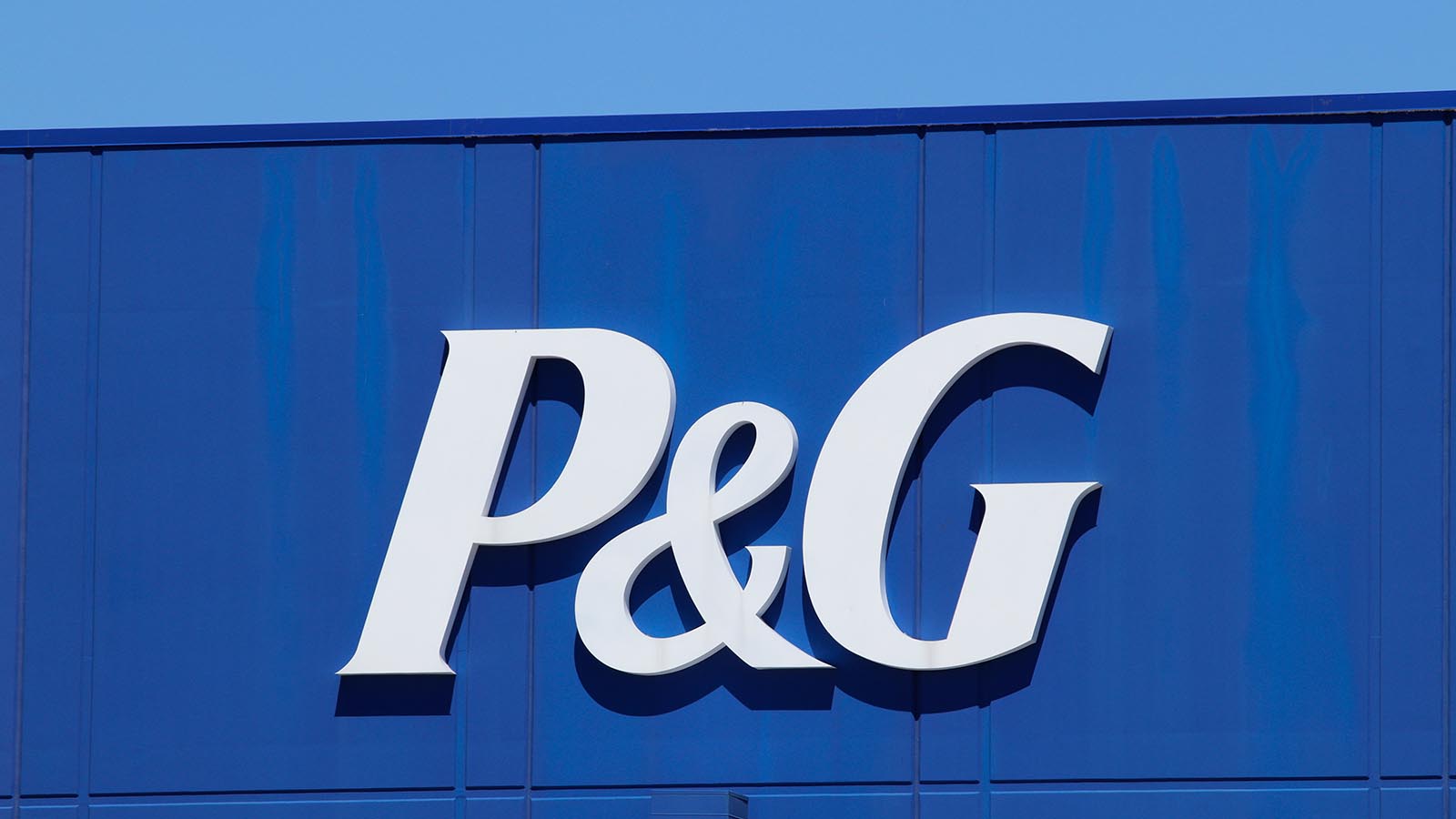Proctor & Gamble (NYSE:PG) clobbered earnings estimates for its September quarter, but PG stock barely budged.

Shares rose just 0.4% during Oct. 20 trading, then lost it overnight. This, after the packaged goods company reported net income of $4.3 billion, $1.63 per share fully diluted, on sales of $19.3 billion.
Sales were up 9%, and net income was up 19%, compared with the same quarter a year earlier. The numbers easily beat analyst estimates.
The problem was the gains were already in Proctor & Gamble stock. It’s set to open trading on Oct. 22 at $143.25 per share, sporting a price to earnings ratio of 27.4x and a dividend yield of 2.21%. It’s got a market cap of $355 billion on annual sales in the $80 billion range.
In a world looking for fat capital gains, the Ivory soap maker has few friends.
Love It, Just a Little Cheaper
There are reasons why you should love Proctor & Gamble stock, although maybe not at today’s price.
P&G has been reorganizing for years, focusing on key brands like Tide, Crest, Gillette and Old Spice. During the last decade it dumped 100 brands, including Duracell batteries and Cover Girl makeup. It also cut costs and focused on efficiencies in its supply chain.
The payoff is now coming, but the promise was already in the stock. Shares have been rising over 30% per year over the last two years, and even over the last five gains have outpaced those of the S&P 500 index. The dividend has risen slowly and steadily, from 66 cents to 79 cents. Before the pandemic management was buying back stock by the truck load, with $3.5 billion in the December quarter alone.
Now results must do the talking, and thanks to the pandemic they’re speaking loudly. If you could sum up today’s company in one word, it’s “cleaning.” Brands like Mr. Clean, Dawn, Comet and Fabreze have gone through some short-term rationing during the pandemic. Personal cleaning product sales were up 30% for the quarter.
Once the initial shock of the pandemic ended, consumers stopped hoarding and preferred brands to generics, giving the company a second boost.
A Battlefield Stock
P&G management now intends to give gains back to shareholders. Plans are to spend $2 billion per quarter on dividends and almost as much buying back stock during fiscal 2021.
Morningstar recently increased its price target on the stock, but it’s still $20 a share behind yesterday’s close. The company has a wide moat, but once the pandemic is over, cleaning will become an afterthought again, the thinking goes.
Management disagrees, believing new habits of frugality and cleanliness will last well beyond the pandemic. Analysts taking the company’s side compare it to other pandemic winners like Clorox (NYSE:CLX) and Reckitt Benckiser (OtherOTC:RBGLY) and consider its brands’ gains more sustainable.
Analysts aren’t saying sell the stock, but they’re not pounding the table for it either. Of the 13 following it on Tipranks, nine have it on the buy list, four on the hold, with an average target price just $2 beyond the current price. Analysts expect earnings to calm down, back to the pre-pandemic level of $1.44 a share per quarter, instead of remaining where they were for September.
The Bottom Line on Proctor & Gamble Stock
Proctor & Gamble stock isn’t for everyone.
If you’re looking for fat gains, look elsewhere. But if you’re looking for steady income and have a long-term view, it deserves a place in your portfolio.
For folks more interested in keeping what they have than getting rich, stocks like PG, Coca-Cola (NYSE:KO) and Walt Disney (NYSE:DIS) deserve to be accumulated slowly, on weakness, and held forever. They’re ballast. They keep your portfolio level.
On the date of publication, Dana Blankenhorn did not have (either directly or indirectly) any positions in any of the securities mentioned in this article.
Dana Blankenhorn has been a financial journalist since 1978. His latest book is Technology’s Big Bang: Yesterday, Today and Tomorrow with Moore’s Law, essays on technology available at the Amazon Kindle store. Follow him on Twitter at @danablankenhorn.
